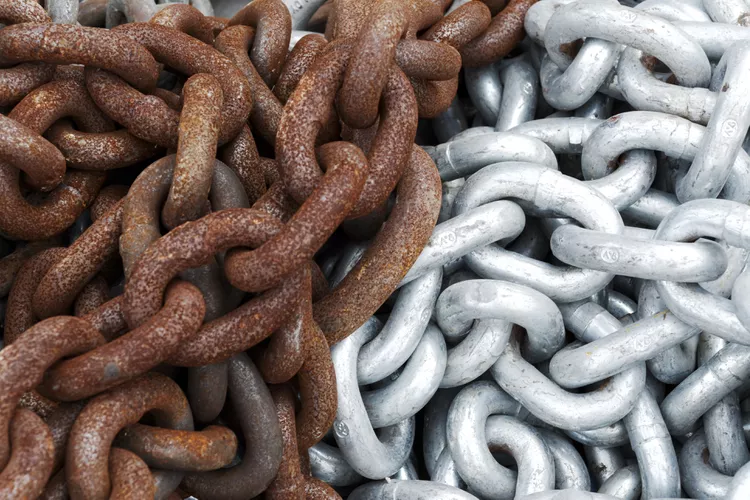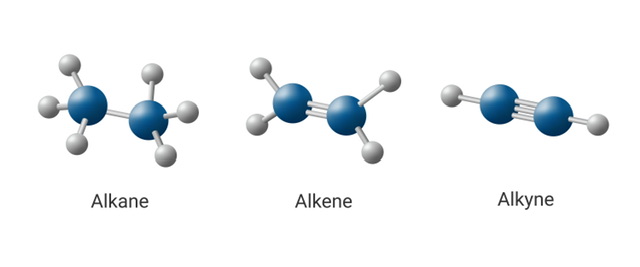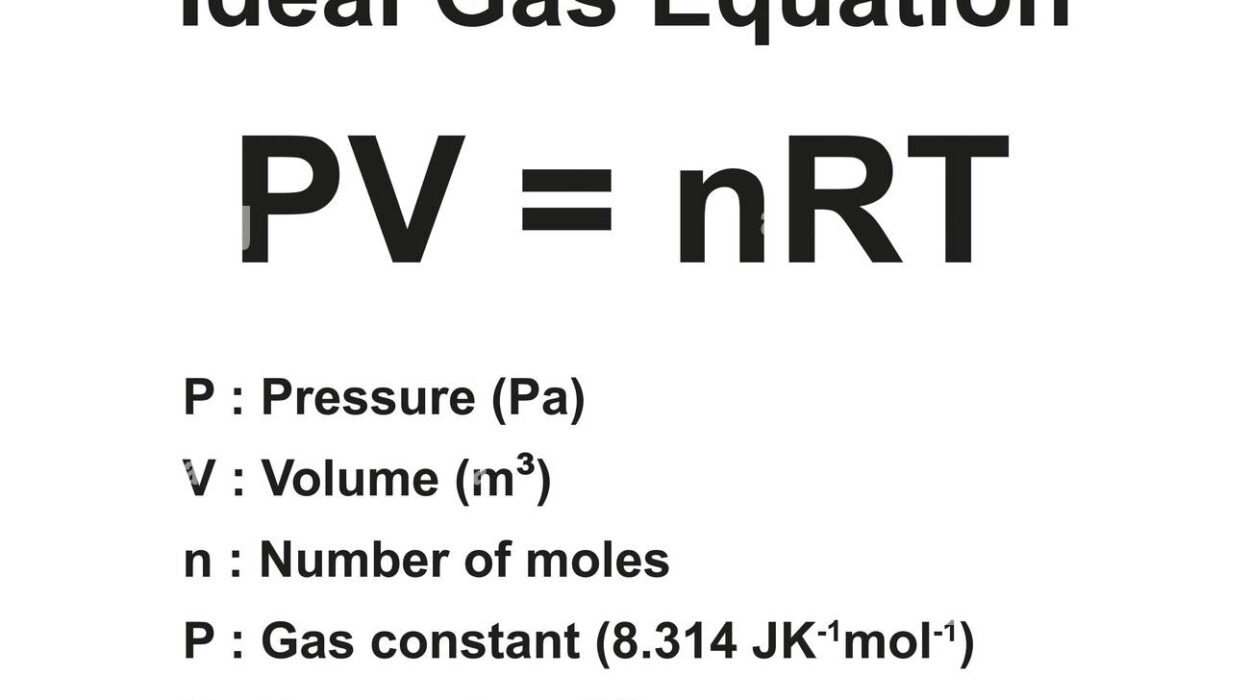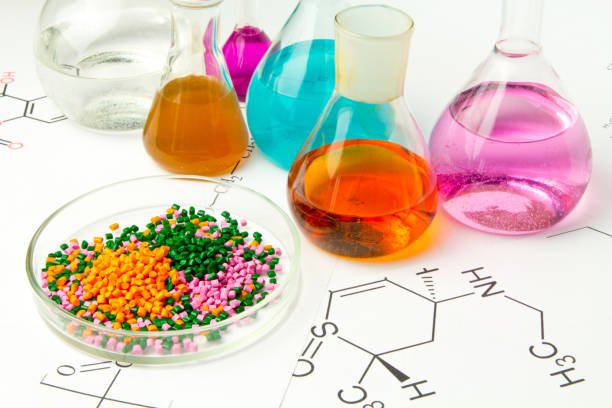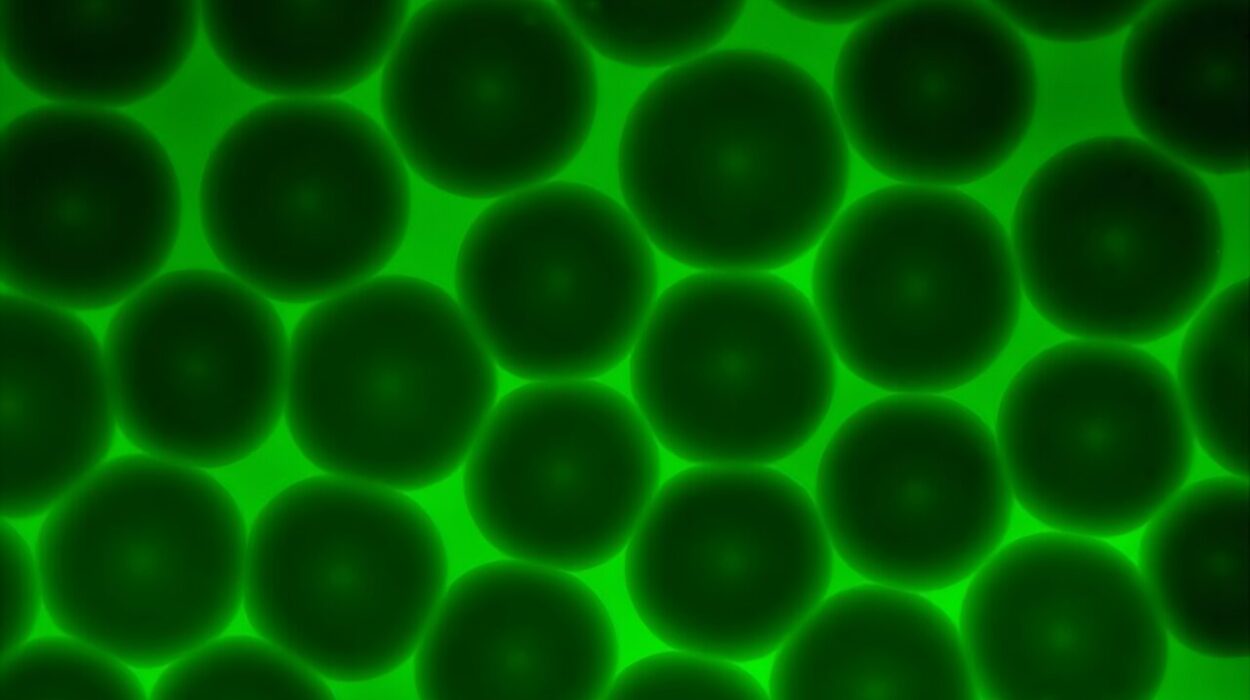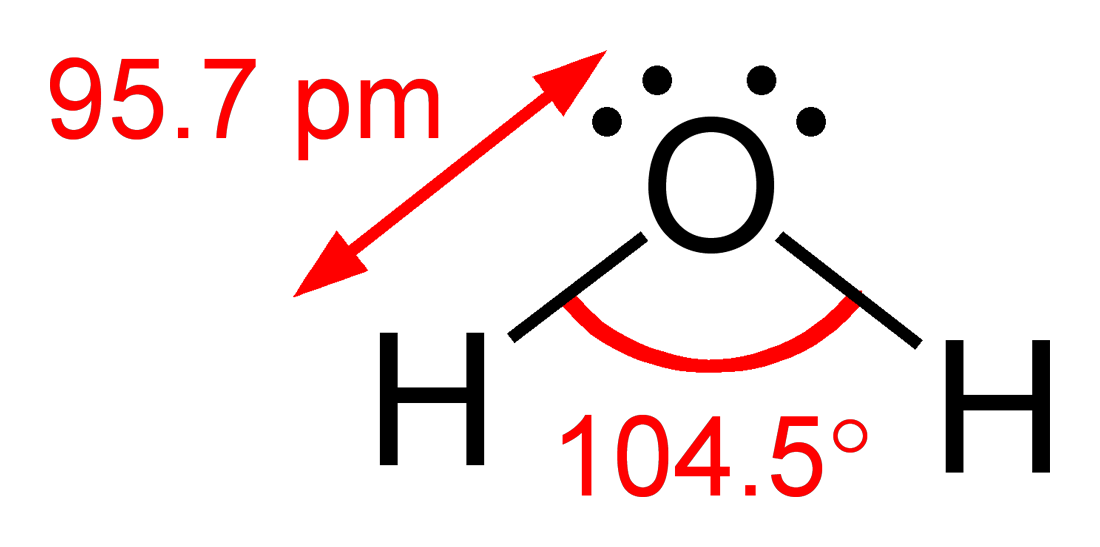Iron. It built our bridges, formed our railroads, reinforced our skyscrapers, and shaped the tools of our civilization. But for all its strength, there’s one enemy iron cannot outlast: rust.
Rust is so common we almost take it for granted. A bicycle left in the rain. A ship decaying in the sea. The reddish-brown flakes on old garden tools. Behind this simple color change lies a complex chemical process—an invisible, ongoing battle between metal, water, air, and time. It’s a dance of electrons, a story of atoms, and a slow but relentless transformation of strength into weakness.
In this article, we’ll take a deep dive into the science of rust. We’ll explore why it happens, how it happens, what it means at the molecular level, and how we fight back. And at the heart of it all is one of chemistry’s most powerful forces: the redox reaction.
Understanding Iron: The Building Block at the Heart of Rust
To understand rust, we first need to understand the star of the show: iron. It’s the fourth most abundant element in the Earth’s crust, and we’ve used it for millennia. From the Iron Age to modern metallurgy, iron has defined entire eras of human progress.
In its pure form, iron (Fe) is a silvery-gray metal with remarkable strength and malleability. But iron doesn’t like to stay pure. It reacts readily with other elements, especially oxygen, to form more stable compounds. This chemical tendency to react—what scientists call reactivity—is what makes iron both useful and vulnerable.
And when iron reacts with oxygen and water, rust is born.
Redox Reactions: The Heartbeat of Rust
At its core, rust is a redox reaction—short for reduction-oxidation. This is a class of chemical reactions involving the transfer of electrons between substances.
To break it down:
- Oxidation is the loss of electrons.
- Reduction is the gain of electrons.
These two processes always occur together. One substance loses electrons (oxidized), and another gains them (reduced). This transfer of electrons leads to a change in chemical structure—and in the case of iron, a change in its strength, appearance, and stability.
Let’s look at how this applies to rust.
When iron is exposed to oxygen and water, it begins to lose electrons. These electrons are transferred to oxygen, which is reduced. The result is the formation of iron oxides—the brittle, flaky, reddish-brown substance we call rust.
But this isn’t a single-step process. It involves multiple stages, each fascinating in its own right.
Step by Step: The Chemistry of Rust Formation
Let’s trace the chemical journey that transforms strong iron into crumbly rust.
Step 1: Iron Meets Water
The process starts when iron (Fe) comes into contact with water (H₂O)—whether it’s from rain, humidity, or immersion. Even a small amount of moisture in the air can start the process, especially if salts or acids are present to speed things up.
Water doesn’t just sit on the surface; it acts as a medium for electron transfer and ion movement.
In this stage, iron atoms begin to lose electrons:
Fe → Fe²⁺ + 2e⁻
This is oxidation: iron atoms release electrons and become iron ions (Fe²⁺). These electrons don’t just disappear—they’re picked up by something else.
Step 2: Oxygen Is Reduced
Those free electrons are picked up by oxygen (O₂) molecules from the air. But oxygen doesn’t like to interact with iron directly—it needs help, and water provides it.
The oxygen and electrons combine with water to form hydroxide ions (OH⁻):
O₂ + 4e⁻ + 2H₂O → 4OH⁻
This is reduction: oxygen gains electrons and is chemically transformed.
Now we have Fe²⁺ ions and OH⁻ ions floating around in the water on the metal surface. What happens next?
Step 3: Formation of Iron(II) Hydroxide
These ions combine to form a new compound:
Fe²⁺ + 2OH⁻ → Fe(OH)₂
This is iron(II) hydroxide—a greenish substance that’s the first visible product of rusting. But we’re not done. This compound isn’t stable in the presence of more oxygen.
Step 4: Oxygen Strikes Again
When exposed to more oxygen and water, iron(II) hydroxide is further oxidized:
4Fe(OH)₂ + O₂ + 2H₂O → 4Fe(OH)₃
This forms iron(III) hydroxide, a yellowish-orange compound that slowly dehydrates and rearranges into the final product we know as iron oxide-hydroxide (FeO(OH), Fe₂O₃·nH₂O)—also known as rust.
Over time, the rust flakes off, exposing fresh iron underneath. The process continues as long as water and oxygen are present.
It’s a self-perpetuating cycle. And it’s why rust is so difficult to stop.
The Perfect Storm: What Accelerates Rust?
Not all environments cause rust at the same rate. Some places speed it up dramatically. Let’s look at the biggest accelerators:
Moisture and Humidity
Water is essential for rust. Higher humidity means more available moisture, which makes electron transfer easier and rusting faster. Coastal areas, tropical climates, and rainy regions all experience higher rates of corrosion.
Salt
Salt, especially sodium chloride (NaCl), is a rust catalyst. That’s why cars rust faster in wintery areas where roads are salted. Saltwater provides ions that increase the conductivity of water, making electron transfer between iron and oxygen easier and faster.
Acidic Environments
Acid rain and pollutants can lower the pH of water on metal surfaces, which increases the availability of H⁺ ions. This changes the redox dynamics and accelerates iron’s oxidation.
Heat
Higher temperatures increase the rate of all chemical reactions, including rust. That’s why industrial machinery, engines, and outdoor equipment rust faster in hot, humid climates.
Surface Imperfections
Scratches, pits, or cracks in metal provide entry points for water and air. Once the surface is breached, rust can work from the inside out, often going unnoticed until structural damage becomes severe.
Rust Isn’t Just One Thing: Types of Iron Oxides
Though we use “rust” as a blanket term, it actually includes several different iron compounds, depending on conditions.
- FeO (Iron(II) oxide) – forms in oxygen-poor environments.
- Fe₂O₃ (Iron(III) oxide) – the familiar reddish-brown rust.
- Fe₃O₄ (Magnetite) – a mixed oxidation state, often black or gray, and magnetic.
- FeO(OH) / Fe(OH)₃ (Iron hydroxides) – yellow to brown rust seen in damp conditions.
Each type has slightly different properties, but all signify the degradation of iron through redox reactions.
The Cost of Corrosion: More Than Just Ugly Metal
Rust isn’t just cosmetic. It causes structural failure, safety hazards, and massive economic losses.
The World Corrosion Organization estimates that rust and corrosion cost the global economy over $2.5 trillion USD annually—about 3–4% of the global GDP.
From collapsed bridges and leaky pipelines to weakened ships and crumbling infrastructure, the consequences are real and sometimes catastrophic.
Rust is slow, but it’s merciless.
Fighting the Red Menace: How We Prevent Rust
Since rust is driven by water and oxygen, the best way to prevent it is to block access to these elements.
Here are the primary methods used:
Paint and Coatings
Painting forms a physical barrier between iron and the environment. But if the paint is scratched, rust can start underneath. Specialized anti-corrosion paints contain inhibitors that slow oxidation.
Oil and Grease
Oiling tools or machine parts prevents moisture from touching the metal. This method is especially useful for hand tools, weapons, and temporary storage.
Galvanization
Galvanization involves coating iron or steel with a thin layer of zinc. Zinc is more reactive than iron, so it acts as a sacrificial metal—it corrodes first, protecting the iron underneath.
Even if the coating is scratched, zinc continues to protect nearby iron through cathodic protection.
Alloying
Stainless steel is an alloy of iron that includes chromium, which reacts with oxygen to form a protective oxide layer that prevents further rust.
Other metals like nickel and molybdenum are also used to improve corrosion resistance.
Environmental Control
In industrial settings, controlling temperature and humidity can slow rust. Desiccants, sealed containers, and controlled-atmosphere storage are used for sensitive equipment.
Rust Converters
These chemical treatments react with rust to form a more stable compound. They don’t remove the rust, but they halt the process and prepare the surface for painting.
Rust as a Teacher: What It Tells Us About Chemistry and the Universe
Though often seen as destructive, rust is also profoundly educational. It teaches us about the reactivity of elements, the power of redox reactions, and the fragility of materials.
It shows how order returns to chaos—how a carefully smelted, shaped, and polished piece of metal will, in the presence of time, air, and water, return to a more stable, less useful, and more natural state.
In this way, rust mirrors entropy, the universal tendency toward disorder. It reminds us that all things age, change, and decay—and that chemistry is not just a tool, but a force of nature that never sleeps.
From Destruction to Art: The Beauty of Rust
Despite its dangers, rust has a strange, haunting beauty.
Artists have used rust to create textures, patinas, and colors that can’t be replicated with paint. Architects sometimes use weathering steel (like COR-TEN) to create buildings that intentionally rust on the surface, forming a protective layer that prevents deeper corrosion.
Even in decay, rust offers aesthetic value—organic, evolving, and raw.
There’s poetry in how the same process that eats away at ships and bridges can also sculpt something striking and elegant.
A Future Without Rust?
Will we ever eliminate rust?
Probably not entirely. As long as we use iron, and as long as there’s water and air, rust will be with us. But new materials, better coatings, and smarter design can help us outsmart corrosion.
Nanotechnology may lead to coatings that repair themselves. Smart sensors may detect rust at the molecular level before it’s visible. New alloys may render rust irrelevant.
But rust will still teach us. And if we stop and listen, it tells a story older than civilization—a tale of atoms, electrons, and time.
Conclusion: The Relentless Chemistry of Rust
Rust is far more than a nuisance. It’s a slow, methodical, powerful expression of chemistry at work—a redox reaction where electrons change hands, elements change form, and matter rearranges itself in a dance as old as the planet.
From ancient swords buried in soil to space stations orbiting Earth, rust finds a way. And yet, in studying rust, we learn how to build better, think smarter, and respect the hidden forces that shape our world.
The next time you see a rusted nail or a corroded bridge, remember: you’re not just looking at decay. You’re looking at chemistry in motion. You’re seeing the Earth’s way of reminding us that nothing stays the same forever—that every element has its place, and time always reclaims what we borrow.
Rust may be the enemy of steel, but it is also a teacher of science, a whisper of nature, and a quiet symbol of the beauty in change.
